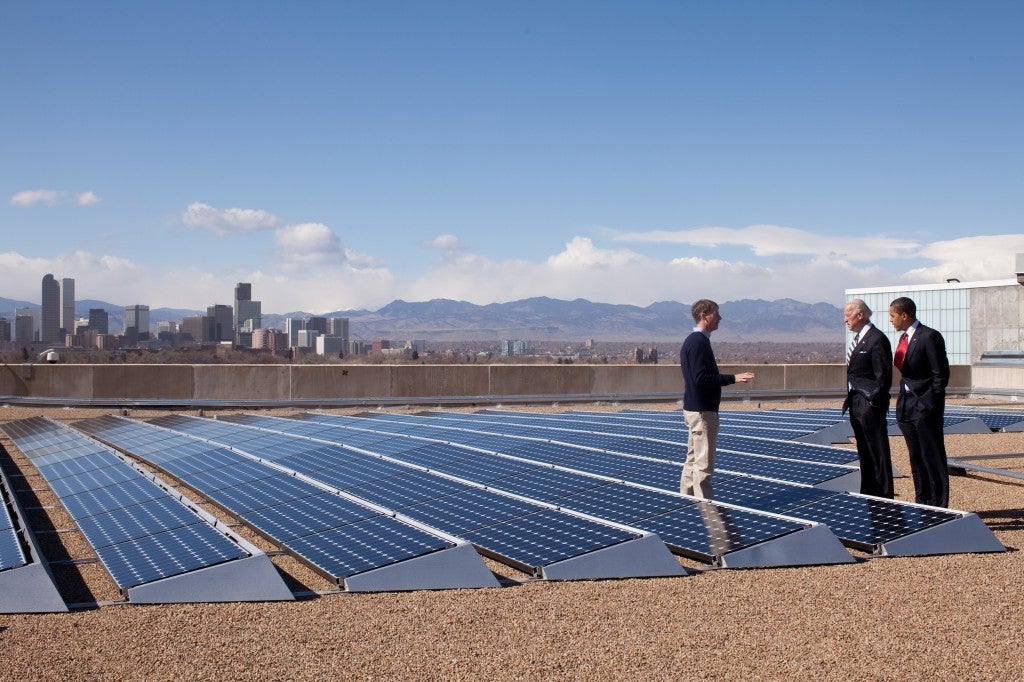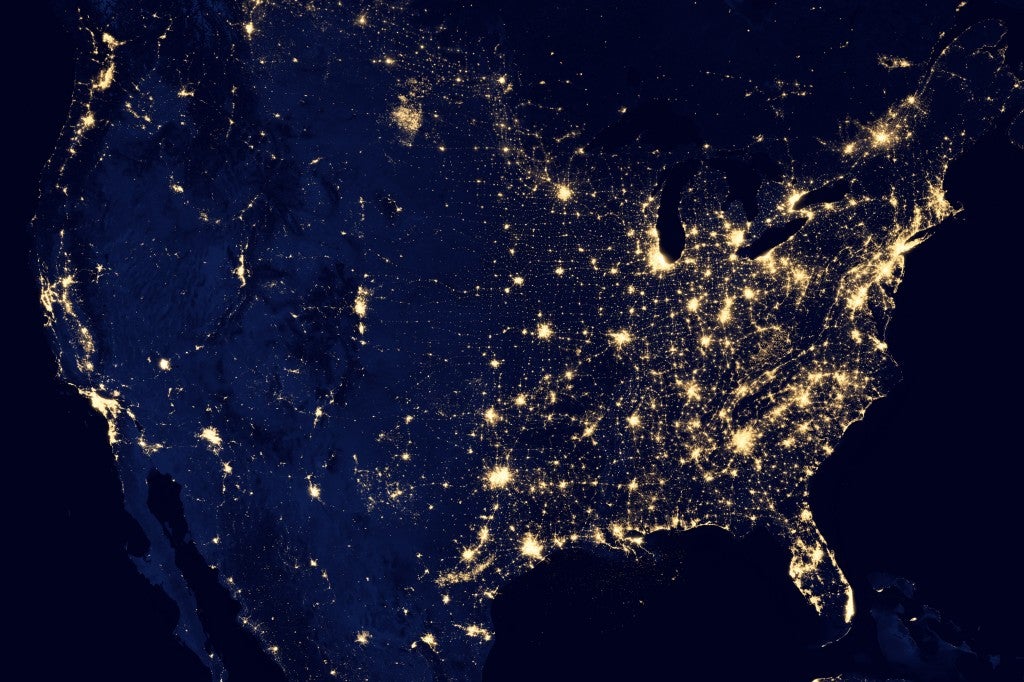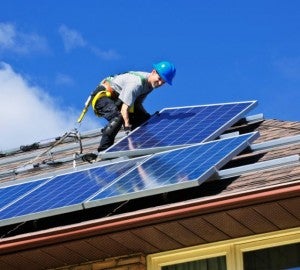The theme of this year’s World Water Day on March 22nd is the “energy-water nexus,” and the timing couldn’t be better. According to the United Nations (who first established World Water Day in 1993):
- 780 million people worldwide lack access to safe drinking water.
- 1.3 billion people worldwide lack access to electricity.
- 90 percent of the power generation in the world comes from water-intensive fossil fuels.
- As countries progress and develop, there is an increased risk of conflict between power generators, other water users, and environmental concerns.
- By 2035, global water withdrawals for energy are predicted to increase by 20 percent, and water consumption for energy is expected to increase by 85 percent.
For the past year, I’ve been trying to bring awareness to the connection between energy and water in Texas, but this issue is much bigger than a single state. Energy and water are both basic components of life and economic progress, and they are also inextricably linked. Energy is used to secure, deliver, treat, and distribute water, while water is used (and often degraded) to develop, process and deliver energy. Read More















